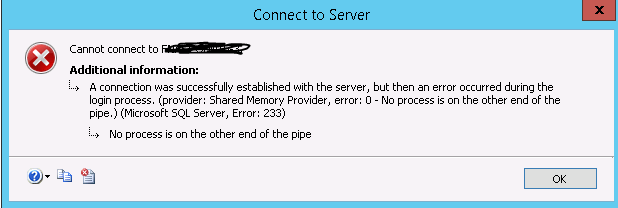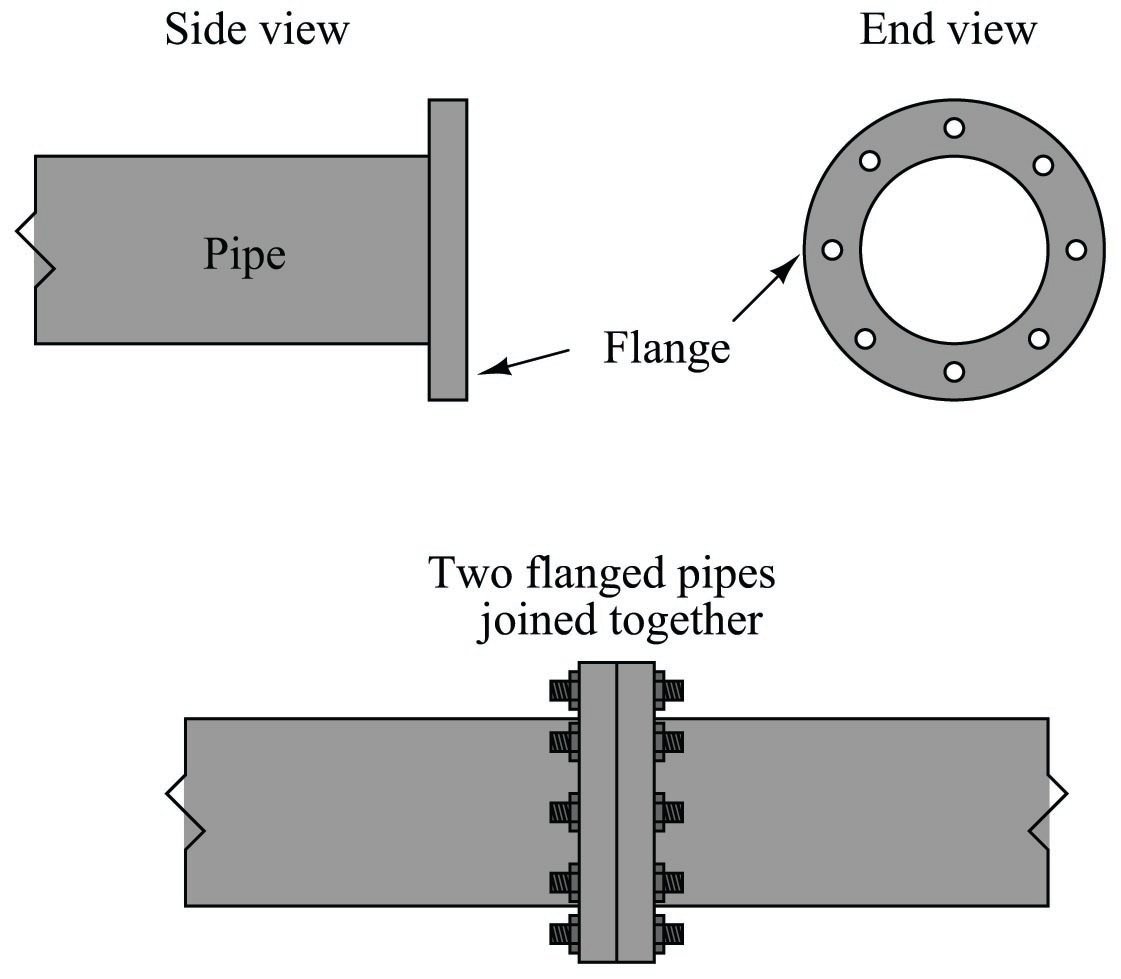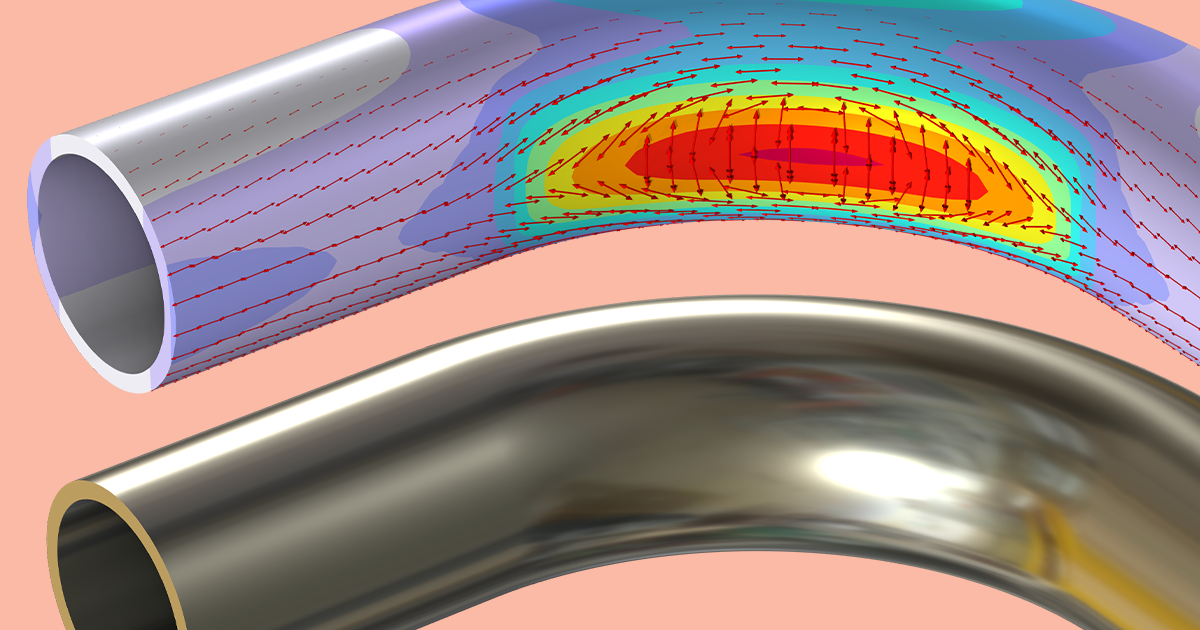No Process Is On The Other End Of The Pipe

In a stark warning echoing across the digital landscape, cybersecurity experts are reporting a significant surge in instances of data streams leading to nowhere – a scenario aptly described as “No Process Is On The Other End Of The Pipe.” This phenomenon, while technically complex, translates to a growing vulnerability where sensitive information, unknowingly transmitted by users and systems, vanishes into a digital abyss, ripe for interception or misuse.
The implications of this digital disconnect are far-reaching, impacting individual privacy, corporate security, and potentially even national infrastructure. Understanding the nature of this threat and implementing preventative measures is crucial in today’s interconnected world.
Understanding the Digital Void
At its core, the “No Process Is On The Other End Of The Pipe” error, often seen as a socket error message, signifies a breakdown in communication between two digital endpoints. Essentially, data is being sent from one location (a "pipe") but there’s no active application or process listening to receive it at the other end.
Think of it as sending a letter to an address where the recipient no longer resides. The letter (data) is sent, but it doesn’t reach its intended target.
Technical Causes and Explanations
The reasons behind this error can vary widely. Configuration errors, outdated software, firewall restrictions, and even malicious attacks can all contribute to creating these digital dead ends.
Sometimes, a process meant to be receiving data crashes or is terminated unexpectedly, leaving the connection open but without a listener. Other times, misconfigured network settings can inadvertently route data to nonexistent or incorrect destinations.
"The complexity of modern networks makes diagnosing these issues challenging. It requires a deep understanding of network protocols, application behavior, and security configurations," explains Dr. Anya Sharma, a lead cybersecurity researcher at the Cybersecurity and Infrastructure Security Agency (CISA).
The Rising Tide of Data Loss
What makes this error so concerning is the increasing frequency with which it's occurring and the potential for exploitation. Security firms are observing a significant uptick in these instances, particularly in cloud environments and Internet of Things (IoT) devices.
Data breaches are becoming more common. This is due to the vulnerability of poorly secured devices becoming an easy target.
Cloud misconfigurations, a major contributor, often result in services attempting to send data to inactive or incorrectly configured endpoints. The proliferation of IoT devices, many with weak security protocols, further amplifies this risk.
Impact and Consequences
The consequences of data vanishing into a digital void can be severe. For individuals, it could mean the exposure of personal information, financial data, or sensitive communications.
For businesses, it could lead to the loss of proprietary data, trade secrets, or customer information, resulting in financial losses, reputational damage, and legal liabilities.
In critical infrastructure, such as power grids or water treatment plants, a "No Process Is On The Other End Of The Pipe" scenario could potentially disrupt operations, leading to widespread outages or even safety hazards.
A Human Element
Sarah Chen, a small business owner, experienced firsthand the devastating impact of this error. A misconfigured cloud backup system resulted in her business data being routed to an inactive server, leaving her vulnerable to a ransomware attack.
“I thought I was doing everything right by backing up my data to the cloud, but I didn’t realize that the backup system wasn’t properly configured,” Chen lamented. "It cost me weeks of work and thousands of dollars to recover.”
Mitigation and Prevention
Addressing this growing threat requires a multi-pronged approach. Regular security audits, robust network monitoring, and prompt patching of software vulnerabilities are essential.
Proper configuration of firewalls and network devices is also critical. Organisations should implement strict access controls and enforce the principle of least privilege, ensuring that users and applications only have the necessary permissions to perform their tasks.
Employee training on cybersecurity best practices can also help to prevent accidental misconfigurations and raise awareness of potential threats.
Looking Ahead
The “No Process Is On The Other End Of The Pipe” error serves as a stark reminder of the importance of vigilance in the digital age. As our reliance on interconnected systems grows, so too does our vulnerability to unforeseen errors and malicious attacks.
By prioritizing security, implementing proactive measures, and fostering a culture of awareness, individuals and organizations can mitigate the risks associated with this digital disconnect and safeguard their valuable data.
![No Process Is On The Other End Of The Pipe [sql-server] 파이프의 다른 쪽 끝에 프로세스가 없습니다 (SQL Server 2012) .No process is](https://i.stack.imgur.com/ROfSH.png)

















